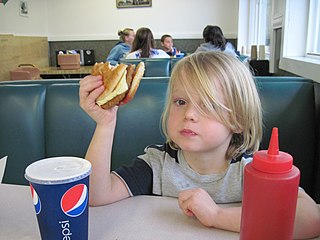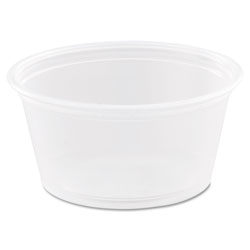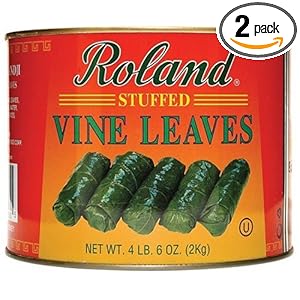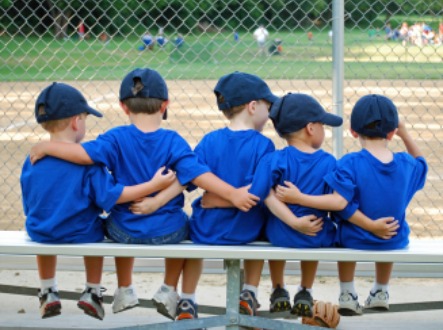I'm digging really deep for gratefulness this year. I have no problem when it comes to my nuclear family. I am so grateful for the gift of my husband and children, and for this time over the Christmas holidays to see at least a little of them.
But I also feel that, every year around this time, I need to get away from the getaway because my extended family can be so frickin' NUTS.
The thing is, I don't even have it as bad as most of you. One side of my family is just great about the allergies. My own sister and mother are fantastic. But my brother and sister-in-law don't believe in the allergies, so they (subtly) don't support them.
This year, when I asked about ingredients and what they were serving, my brother aggressively declared that he "pretty much" knew what my son could eat so I didn't need to check everything. But then, inevitably, came the email: "can he have soy protein isolate?" Nope. He can't. Tell me how I trust anything after that email.
We get to their house and there's a list of all the things they think are safe for my son. Bean dip is the first item on the list. Nope...still allergic to beans. Seventeen years he's been allergic to beans. They've been given lists of the allergens, we've talked through it numerous times...but they can't or won't remember, so everything he puts in his mouth, the entire night, is suspect.
We do have ways around this. My mother understands the situation and always ensures she brings a few things so my son has some choice. My husband (who somehow seems less bat-shit to them than me) questions them about ingredients for the things we think may be safe. My son knows to stick with the items that have simple and as-vetted-as-possible ingredients. BUT...everything he puts in his mouth, all Christmas Eve long, is really a crap-shoot. It's hard to relax and enjoy the holiday, knowing that there's a real possibility of going to the ER.
I actually started this column last January because of the stress from Christmas. When I go back and read that first post, I was even more wigged out and angry than I am now. I know that talking about it (and writing about it) does help some to defuse the stress and resentment, but it's also like constantly licking the wound, over and over.
I want to be grateful. I do try to look at the other side, which is that they're doing their best, even though their best is dangerous and half-assed. But there's a little voice in my head that says they're not doing their best: they're acting out their passive-aggressive judgments about me and my kid. They're screwing up ingredients, not because they're not capable, but because they really don't believe it and want to see what will happen. They're willing to play Russian roulette with my kid.
Family is so important. We've held it together for 17 years now, Christmas after Christmas. Through crazy, behind-the-scenes review of ingredients and sheer dumb luck, we've never had a problem. But I remind myself that it also means they're taking more care about ingredients than it may appear on the surface because he's never had a problem.
So, during these 12 days of Christmas, I am praying for the grace to be grateful. To see the good instead of the bitter. I'm only four days in. By the 13th day of Christmas, I hope to be back in the Christmas spirit.
Just in time for the next (last) round of FAHF-2 food challenges.
Follow me on Facebook or Twitter

































.jpg/320px-Children_about_to_board_the_school_bus_(Thibodaux,_Louisiana).jpg)









